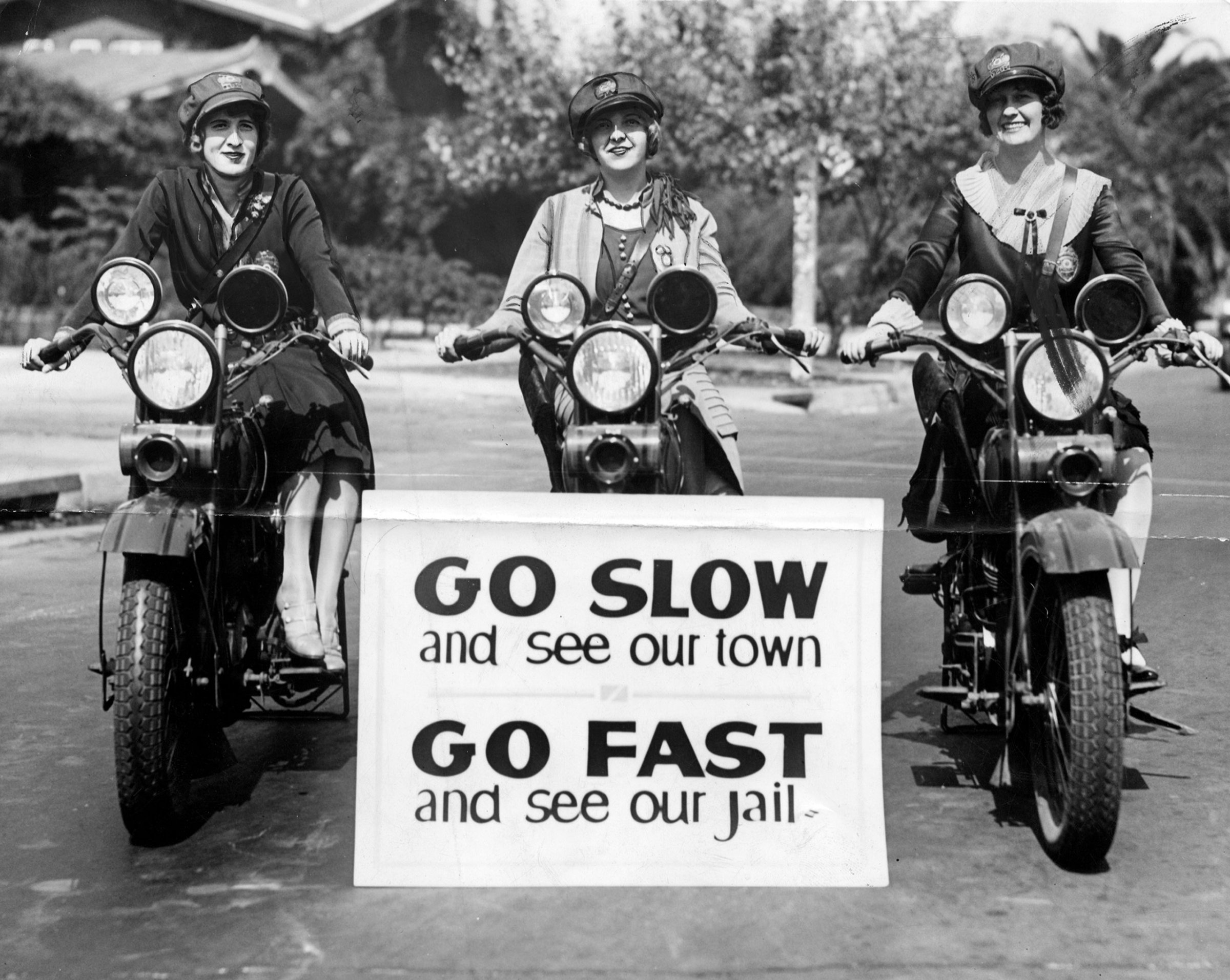
On Sept. 10, 1910, Alice Stebbins Wells took the oath to join the 350-member, all-male Los Angeles Police Department. Wells stood a little over five feet tall. She wore no uniform, carried no weapon and usually kept her badge stuffed in her pocketbook. Wells hadn’t been given the position. She’d lobbied hard for her post. “It was a man’s world,” she later recalled of the day.
It still is.
Although television and fiction would have you think there is a woman homicide detective in every police department in America, only 15% of homicide detectives are women. Real women have fared far worse professionally than their fictional sisters, even a century after women joined the force.
Women had worked as police officers and detectives before Wells, but few were as public and outspoken as she was in favor of the hiring of policewomen. Those women who did manage to join the force in the early 20th century had limited duties, confined primarily to protecting women and children from prostitution and pickpockets. They also faced constant harassment and abuse and extra scrutiny from those who believed that law enforcement was no place for a woman.
Get your history fix in one place: sign up for the weekly TIME History newsletter
Private detective work was more welcoming to women. The first known female sleuth worked for famed private eye Allan Pinkerton and became one of his most trusted agents in the 1860s, known for her daring and talent for disguise. Women solved bigger, more high profile crimes as private eyes than as public servants. The same was and is true on the page, where more fictional female detectives work as contractors for hire or for private agencies than city police.
That certainly didn’t stop women from fighting to join the police force. Two years into her job, Alice Wells asserted that she was doing everything she could to further the cause of policewomen. But, she conceded, “all one woman can do is very little. She can but find the needs and point the way. Where she leaves off many women may begin and do much toward the betterment of social conditions.” It’s a journey to “betterment” that women are still undertaking, within the pages of detective novels and in life.
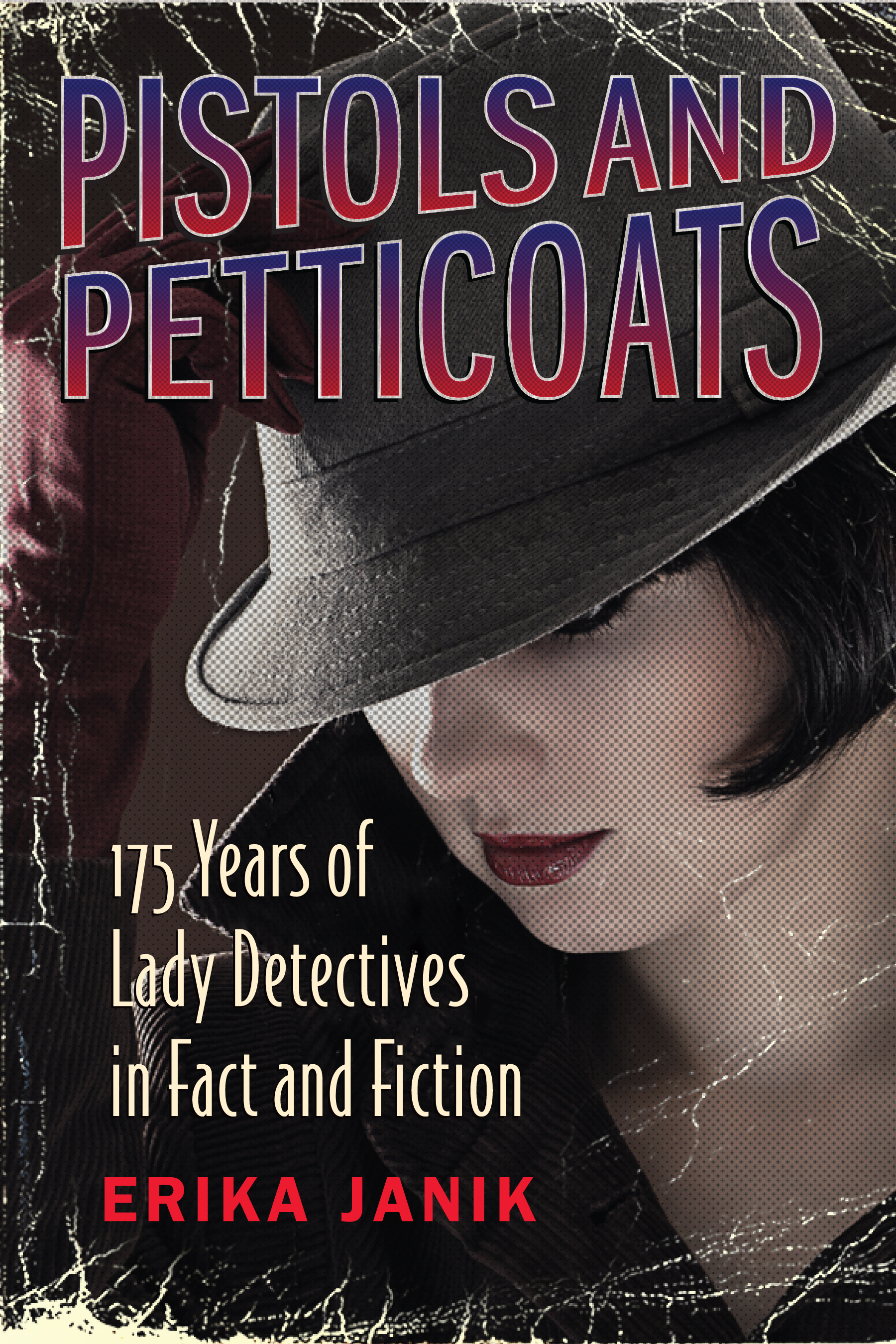
These images of women officers are featured in the new book, Pistols and Petticoats: 175 Years of Lady Detectives in Fact and Fiction (Beacon Press) by Erika Janik.
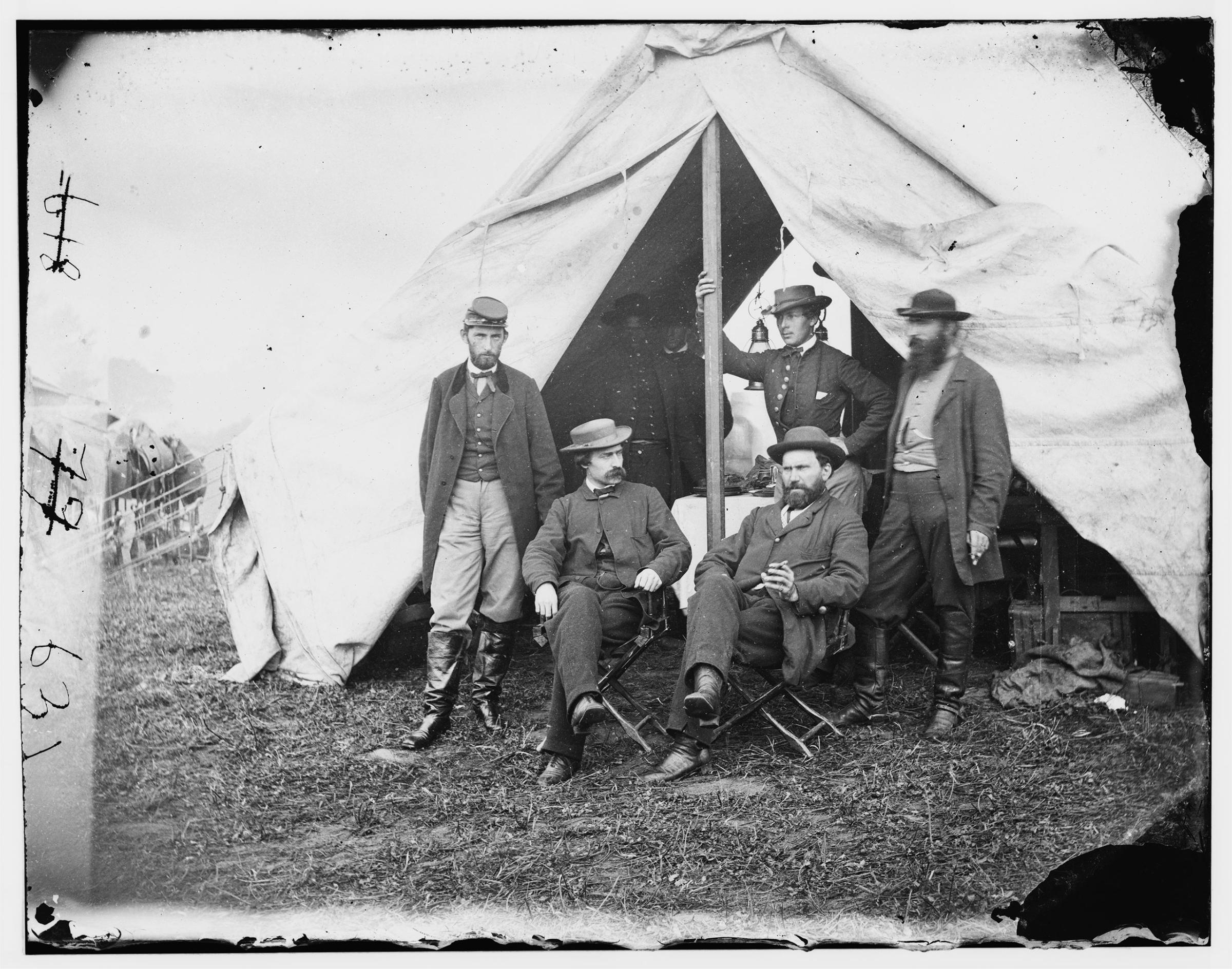

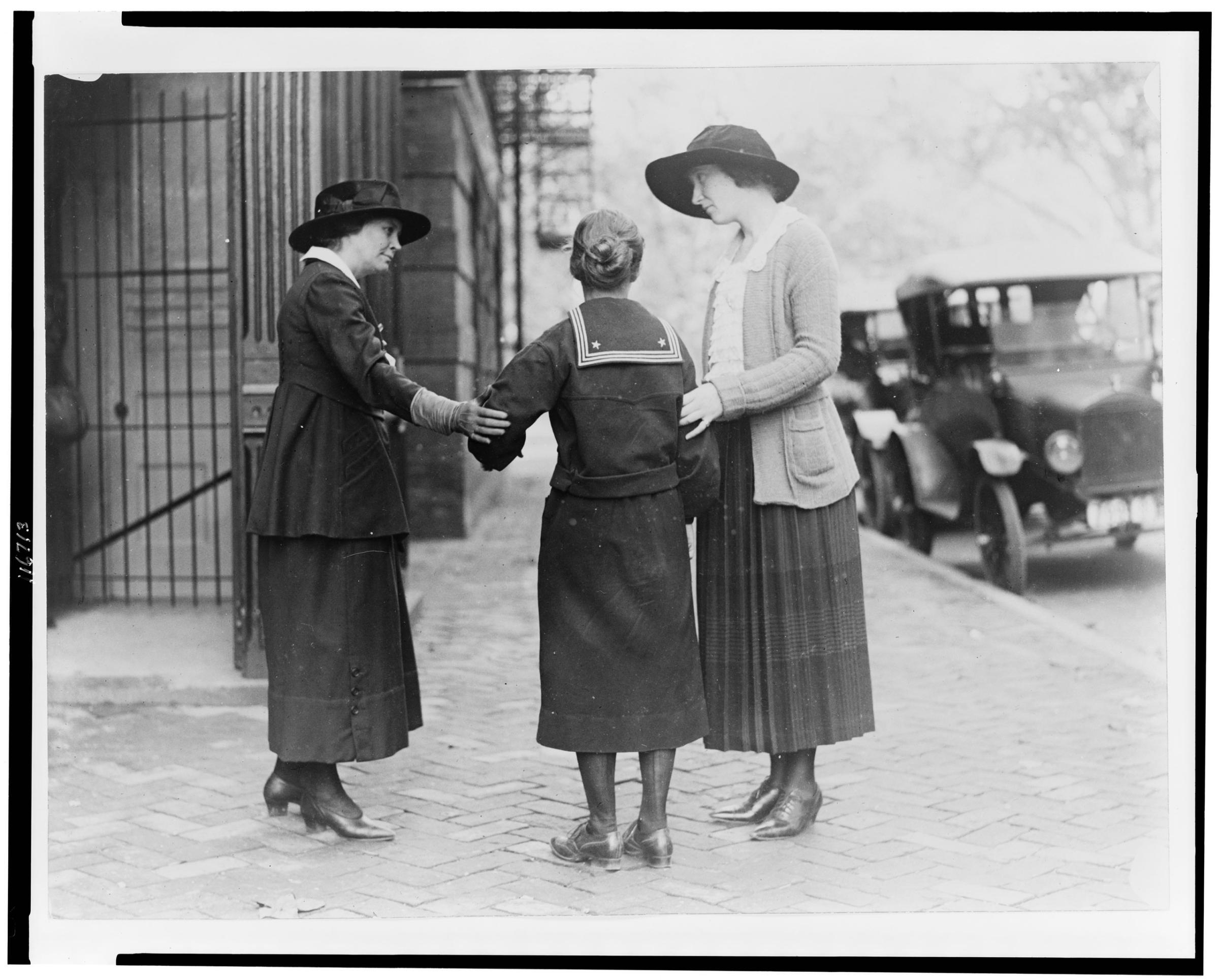
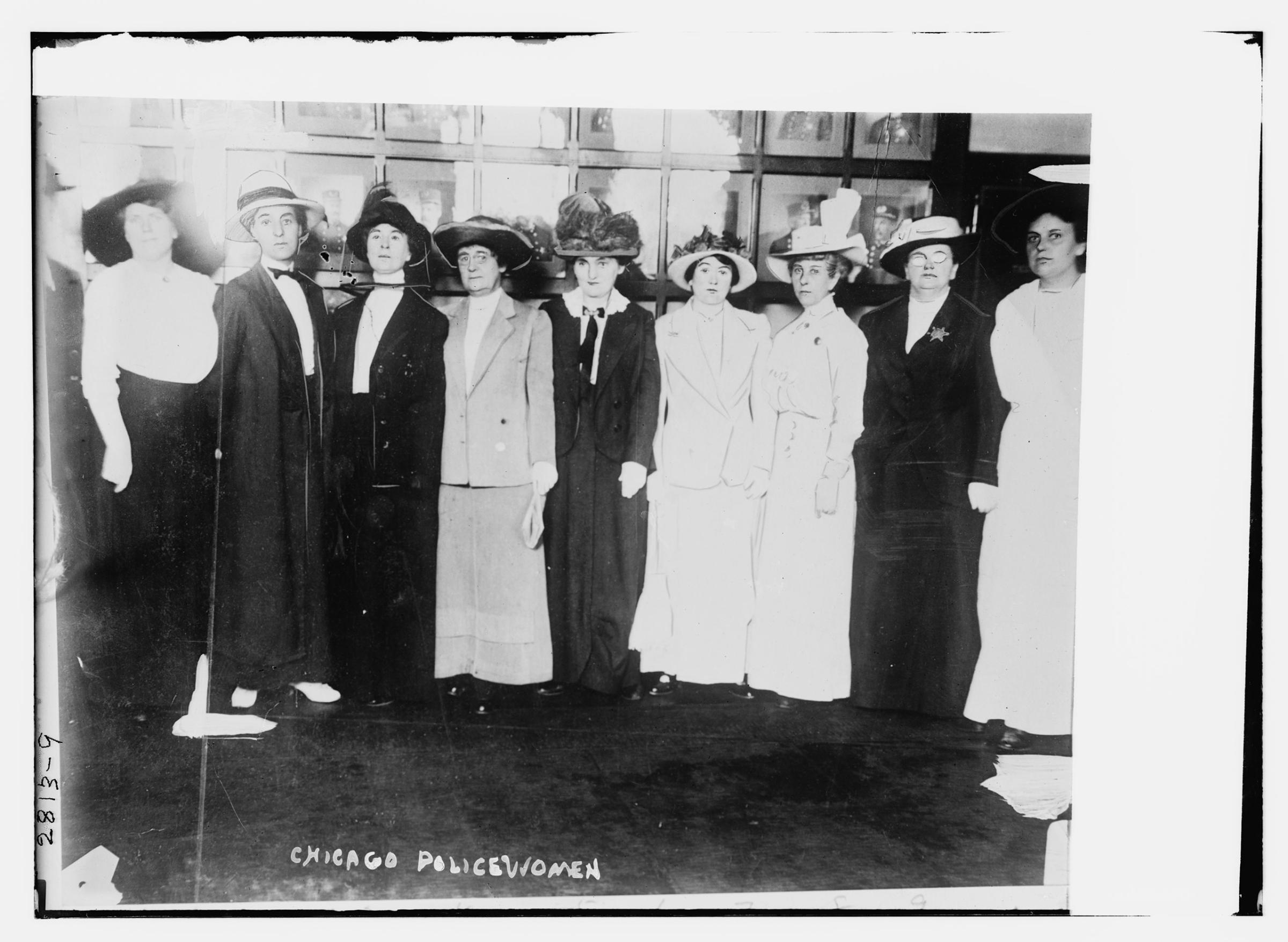
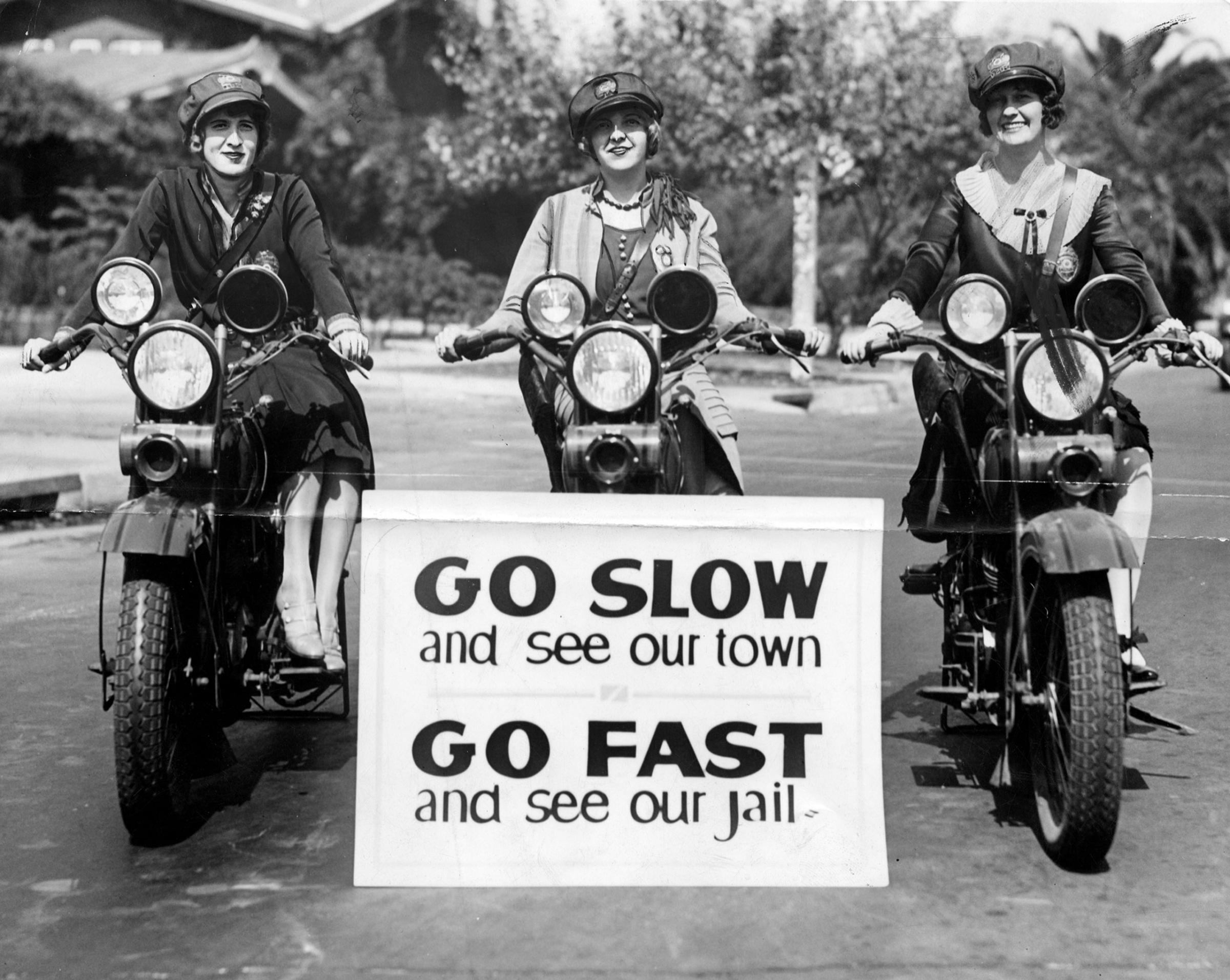

More Must-Reads from TIME
- Cybersecurity Experts Are Sounding the Alarm on DOGE
- Meet the 2025 Women of the Year
- The Harsh Truth About Disability Inclusion
- Why Do More Young Adults Have Cancer?
- Colman Domingo Leads With Radical Love
- How to Get Better at Doing Things Alone
- Michelle Zauner Stares Down the Darkness
Contact us at letters@time.com